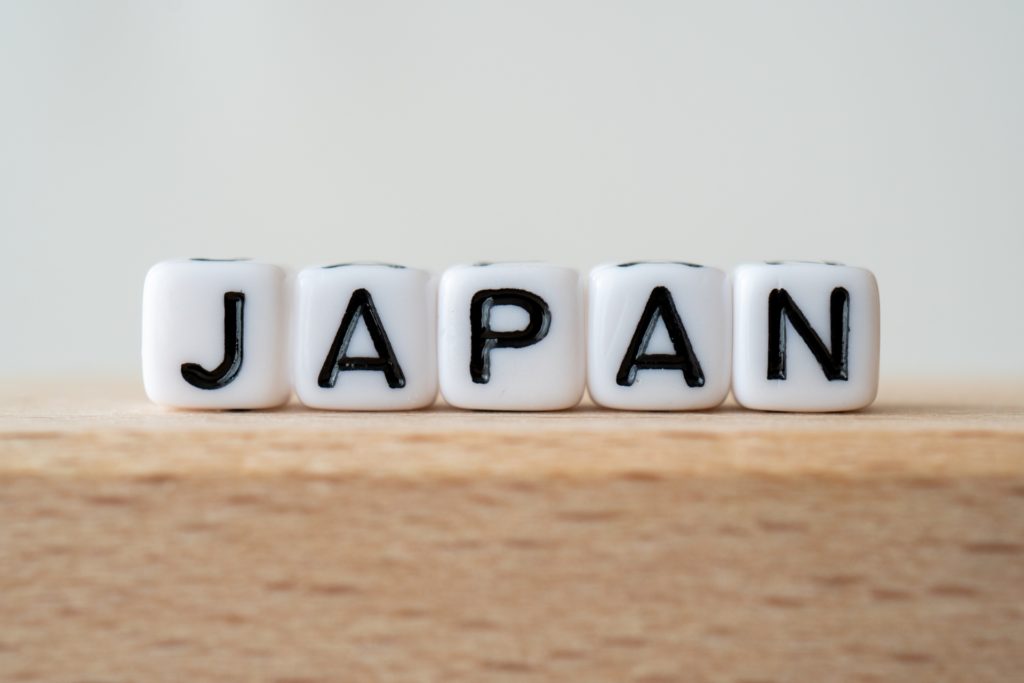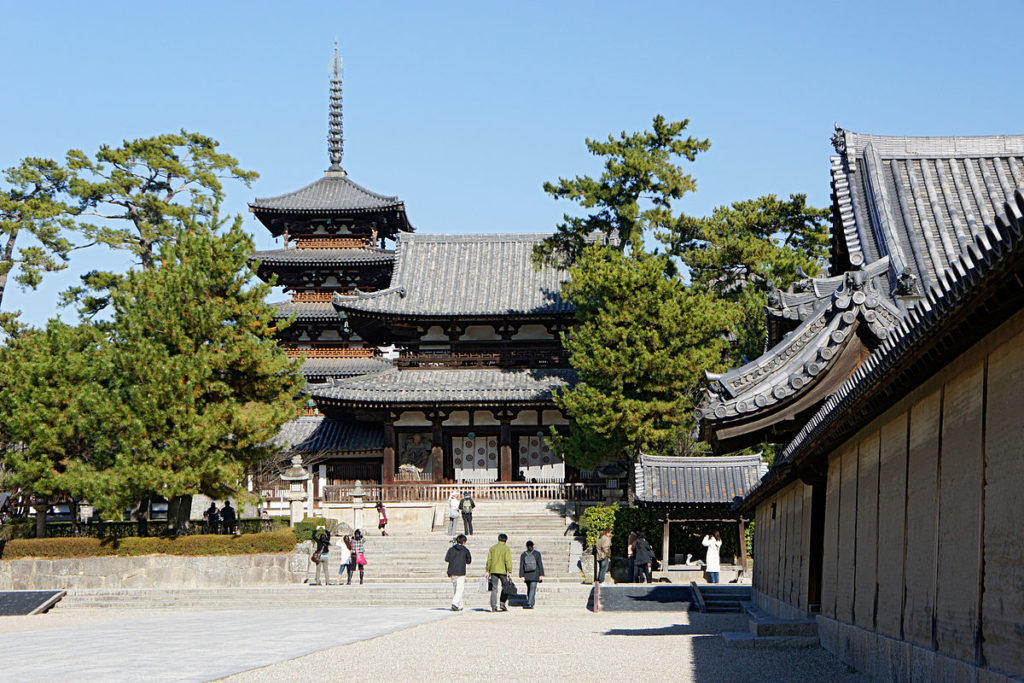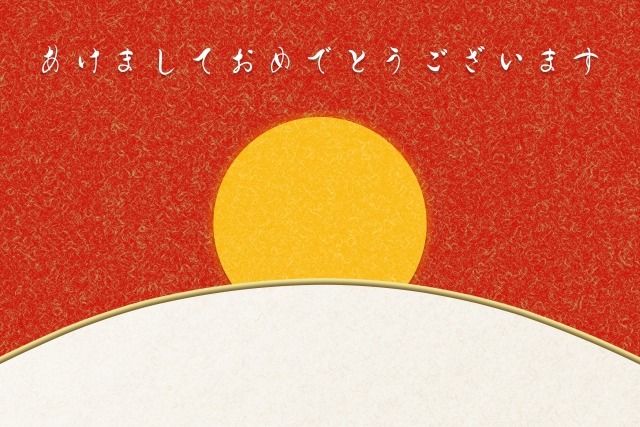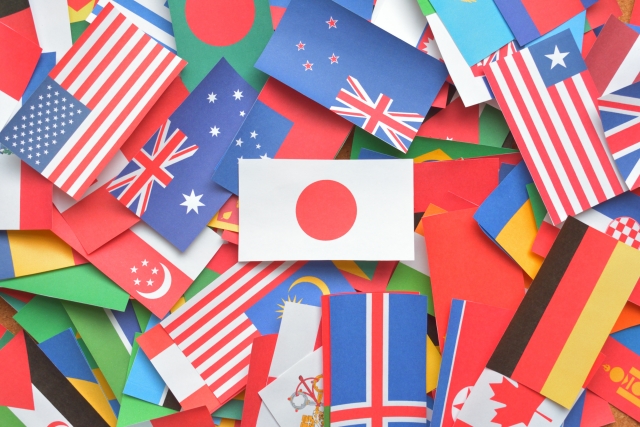
Each country’s national flag expresses its thoughts and feelings.
There are flags that represent the sun, moon, and stars, and others that use colors.
The national anthem is a song or instrumental piece that symbolizes the nation.
The national flag of Japan is a white flag with a red circle on it, legally known as the “Nissho Flag” and commonly referred to as the “Hinomaru”.
The national flag of Japan is the “Kimigayo”.
It was only recently, in 1999, that the national flag was designated as the Japanese flag and the national anthem as the Kimigayo.
It was only recently, in 1999, that the national flag was officially designated as the Japanese flag and the national anthem as the Kimigayo, in accordance with the Law Concerning the National Flag and the National Anthem.
What kind of thoughts are put into Japan’s national flag and national anthem?
We will tell you briefly.
Flag of Japan: “Nissho Flag”(Hinomaru)

Japan’s ancient beliefs were mainly based on farming and fishing, so the sun was the object of worship.
In the Japanese mythology, Kojiki, it is written that Amaterasu is in charge of the sun.
It is said that the use of flags representing the sun began around 645.
There are many theories about how the red circle on a white background came to be used as the flag of the Rising Sun in Japan, and it is unclear exactly how it came to be used.
In Japan, the Hinomaru symbolizes the rising sun, as the country has been regarded as the “Land of the Rising Sun” since the documents entrusted to the envoys of Prince Shotoku in the Sui Dynasty.
Red and white are the traditional colors of Japan, and are considered to be auspicious.
Red means benevolence and vitality, and white means holiness and purity.
The Hinomaru has been used since ancient times, but for a long time it was used as a “customary” flag until a law was enacted in 1999.
Japan’s National Anthem: Kimigayo
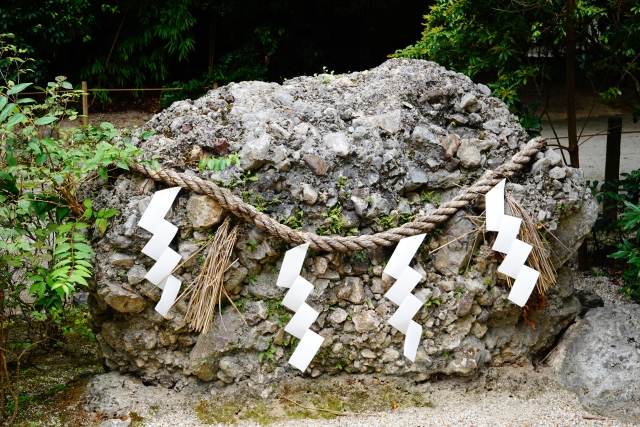
This poem was first written in the early 10th century in the Kokin Wakashu (collection of ancient Japanese poetry), in the waka poem “Yomito Shirazu” (author unknown), “I am a rock of sazareishi for a thousand and eight thousand generations, until the moss falls”.
The lyricist is said to be the oldest among the world’s national anthems.
君が代は
千代に八千代に
さざれ石の
いわおとなりて
こけのむすまで
British Japanologist B.H. Chamberlain (1850-1935) translated the lyrics into English, but since it is a translation of a Japanese poem, and the translation was made to be understood in the West, the meaning will change when translated into Japanese.
A thousand years of happy life be thine!
Live on, my Lord, till what are pebbles now,
By age united, to great rocks shall grow,
Whose venerable sides the moss doth line.
(Japanese translation)
汝(なんじ)の治世が幸せな数千年であるように
われらが主よ、治めつづけたまえ、今は小石であるものが
時代を経て、あつまりて大いなる岩となり
神さびたその側面に苔が生(は)える日まで
There are many theories about the interpretation of the lyrics, but it is said to be “a song praying for the long-lasting prosperity and peace of Japan”.
The first “Kimigayo” was composed by J. W. Fenton (1831-1890), a captain of the British Army Band.
It was later arranged for brass band by a German, Franz Eckert (1852-1916), who composed it in the Gagaku scale, partly because he was not comfortable with Western melodies.
The word “sazareishi” in the lyrics refers to small stones.
Over a long period of time, calcium carbonate (CaCO3) and other substances fill in the gaps between the pieces of pebbles, and the result is a large lump of rock called Iwao (rock).
The process by which a pebble becomes a rock over a long period of time, and then moss grows on top of it, is used as a metaphor to describe a very long period of time.
At a cabinet meeting held on February 26, 1985, Minister of Education, Culture, Sports, Science and Technology, Mr. Hikaru Matsunaga, reported that according to a Ministry of Education survey, Kimigayo has lyrics up to the third verse.
The following is for reference.
君が代は
千代に八千代に
さゞれ石の
巌となりて
苔の生すまで
君が代は
千尋の底の
さゞれ石
鵜のゐる磯と
あらはるるまで
(※It is said to be a song written by Minamoto no Yorimasa.)
君が代は
限りもあらじ
長浜の
真砂の数は
よみつくすとも
(※A song dedicated to Emperor Koko’s Ooname Festival.)
The national flags and anthems of countries around the world are filled with feelings.
We feel it is important to understand not only the flag and anthem of our own country, but also the history of other countries’ flags and anthems.




